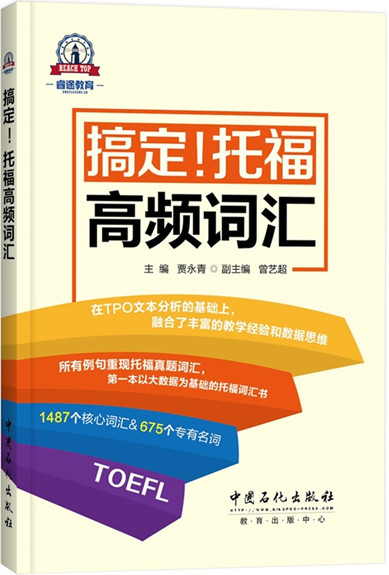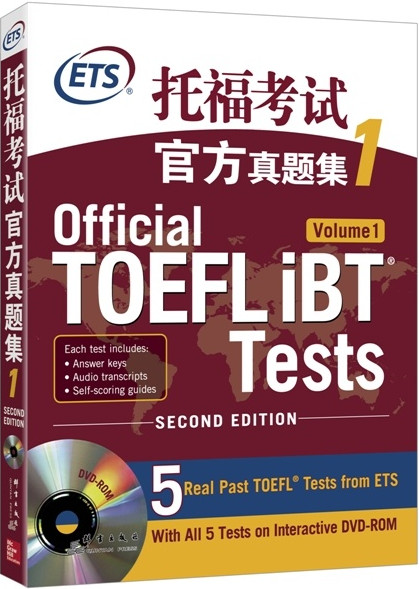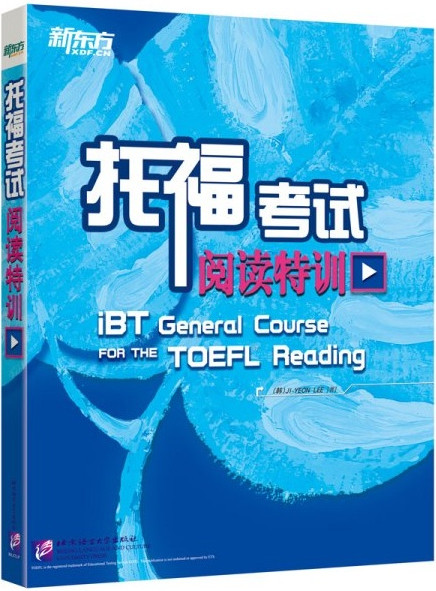2017─Ļ═ąĖŻķåūx─ŻöMįćŅ}Ż║┘M│Ū
ĪĪĪĪ═ąĖŻķåūx╬─▒ŠŻ║
ĪĪĪĪAs Philadelphia grew from a small town into a city in the first half of the eighteenth century, it became an increasingly important marketing center for a vast and growing agricultural hinterland.
ĪĪĪĪMarket days saw the crowded city even more crowded, as farmers from within a radius of 24 or more kilometers brought their sheep, cows, pigs, vegetables, cider, and other products for direct sale to the townspeople. The High Street Market was continuously enlarged throughout the period until 1736, when it reached from Front Street to Third. By 1745 New Market was opened on Second Street between Pine and Cedar.The next year the Callowhill Market began operation.
ĪĪĪĪAlong with market days, the institution of twice-yearly fairs persisted in Philadelphia even after similar trading days had been discontinued in other colonial cities. The fairs provided a
ĪĪĪĪmeans of bringing handmade goods from outlying places to would-be buyers in the city. Linens and stockings from Germantown, for example, were popular items.
ĪĪĪĪAuctions were another popular form of occasional trade. Because of the competition, retail merchants opposed these as well as the fairs. Although governmental attempts to eradicate fairs and auctions were less than successful, the ordinary course of economic development was on the merchants' side, as increasing business specialization became the order of the day. Export merchants became differentiated from their importing counterparts, and specialty shops began to appear in addition to general stores selling a variety of goods.
ĪĪĪĪOne of the reasons Philadelphia's merchants generally prospered was because the surrounding area was undergoing tremendous economic and demographic growth. They did their business,after all, in the capital city of the province. Not only did they cater to the governor and his circle,but citizens from all over the colony came to the capital for legislative sessions of the assembly and council and the meetings of the courts of justice.
ĪĪĪĪ═ąĖŻķåūxŅ}─┐Ż║
ĪĪĪĪ1. What does the passage mainly discuss?
ĪĪĪĪ(A) Philadelphia's agriculture importance
ĪĪĪĪ(B) Philadelphia's development as a marketing center
ĪĪĪĪ(C) The sale of imported goods in Philadelphia
ĪĪĪĪ(D) The administration of the city of Philadelphia
ĪĪĪĪ2. It can be inferred from the passage that new markets opened in Philadelphia because
ĪĪĪĪ(A) they provided more modem facilities than older markets
ĪĪĪĪ(B) the High Street Market was forced to close
ĪĪĪĪ(C) existing markets were unable to serve the growing population
ĪĪĪĪ(D) farmers wanted markets that were closer to the farms.
ĪĪĪĪ3. The word "hinterland " in line 3 is closest in meaning to
ĪĪĪĪ(A) tradition
ĪĪĪĪ(B) association
ĪĪĪĪ(C) produce
ĪĪĪĪ(D) region
ĪĪĪĪ4. The word "it" in line 6 refers to
ĪĪĪĪ(A) the crowded city
ĪĪĪĪ(B) a radius
ĪĪĪĪ(C) the High Street Market
ĪĪĪĪ(D) the period
ĪĪĪĪ5. The word "persisted" in line 9 is closest in meaning to
ĪĪĪĪ(A) returned
ĪĪĪĪ(B) started
ĪĪĪĪ(C) declined
ĪĪĪĪ(D) continued
ĪĪĪĪ6.According to the passage , fairs in Philadelphia were held
ĪĪĪĪ(A) on the same day as market says
ĪĪĪĪ(B) as often as possible
ĪĪĪĪ(C) a couple of times a year
ĪĪĪĪ(D) whenever the government allowed it
ĪĪĪĪ7. It can be inferred that the author mentions "Linens and stockings" in line 12 to show that they
ĪĪĪĪwere items that
ĪĪĪĪ(A) retail merchants were not willing to sell
ĪĪĪĪ(B) were not available in the stores in Philadelphia
ĪĪĪĪ(C) were more popular in Germantown man in Philadelphia
ĪĪĪĪ(D) could easily be transported
ĪĪĪĪ8. The word "eradicate" in line 15 is closest in meaning to
ĪĪĪĪ(A) eliminate
ĪĪĪĪ(B) exploit
ĪĪĪĪ(C) organize
ĪĪĪĪ(D) operate
ĪĪĪĪ9. What does the author mean by stating in lines 15-16 that "economic development was on the
ĪĪĪĪmerchants' side "?
ĪĪĪĪ(A) Merchants had a strong impact on economic expansion.
ĪĪĪĪ(B) Economic forces allowed merchants to prosper.
ĪĪĪĪ(C) Merchants had to work together to achieve economic independence
ĪĪĪĪ(D) Specialty shops near large markets were more likely to be economically successful.
ĪĪĪĪ10. The word "undergoing" in line 21 is closest in meaning to
ĪĪĪĪ(A) requesting
ĪĪĪĪ(B) experiencing
ĪĪĪĪ(C) repeating
ĪĪĪĪ(D) including
ĪĪĪĪ═ąĖŻķåūx┤░ĖŻ║
ĪĪĪĪBCDCD CBABB





